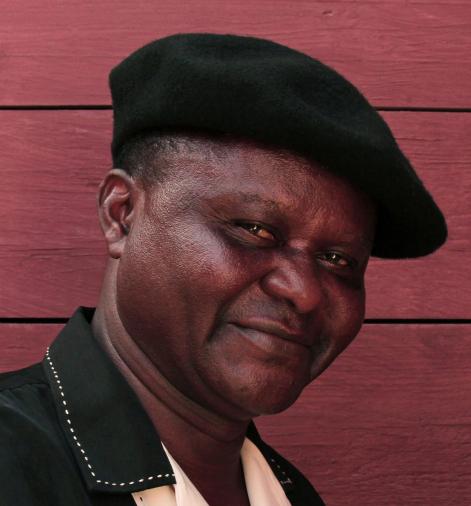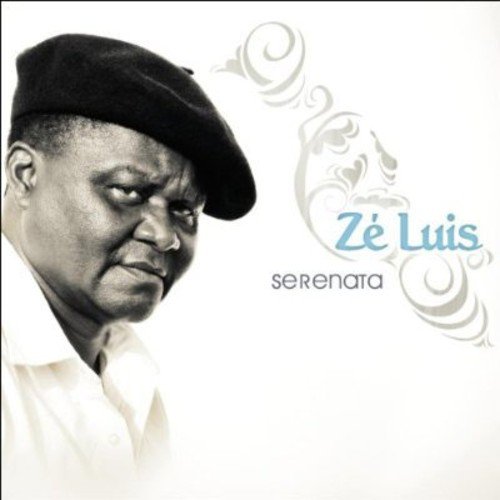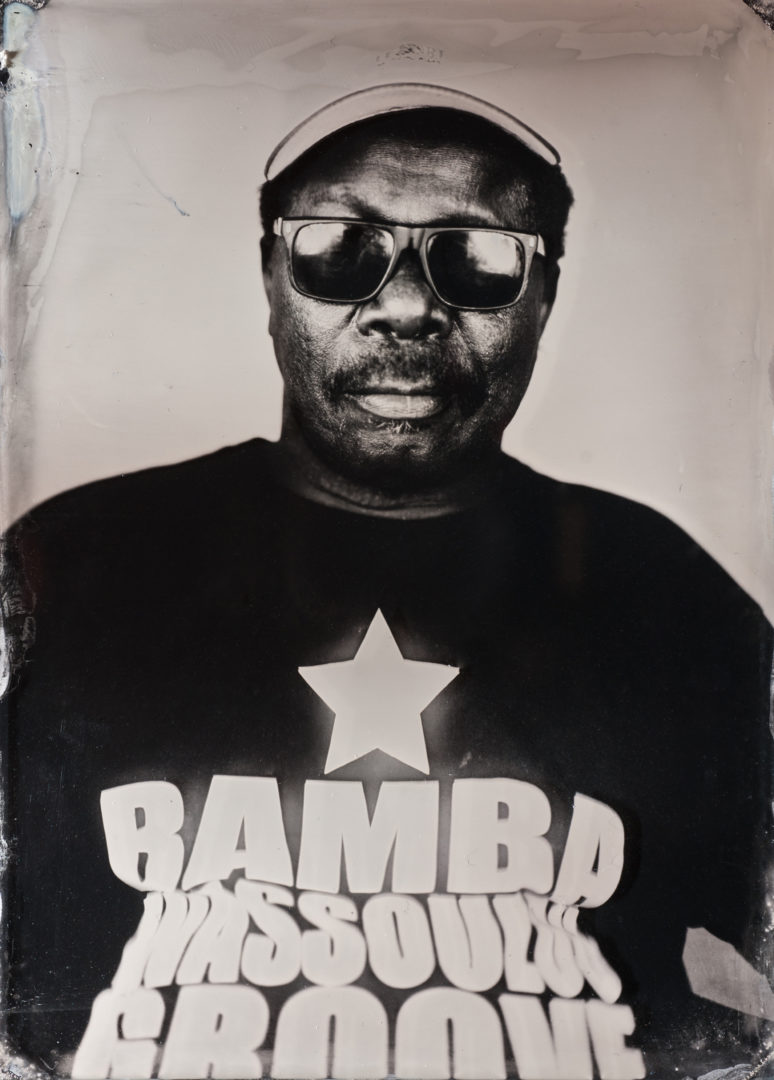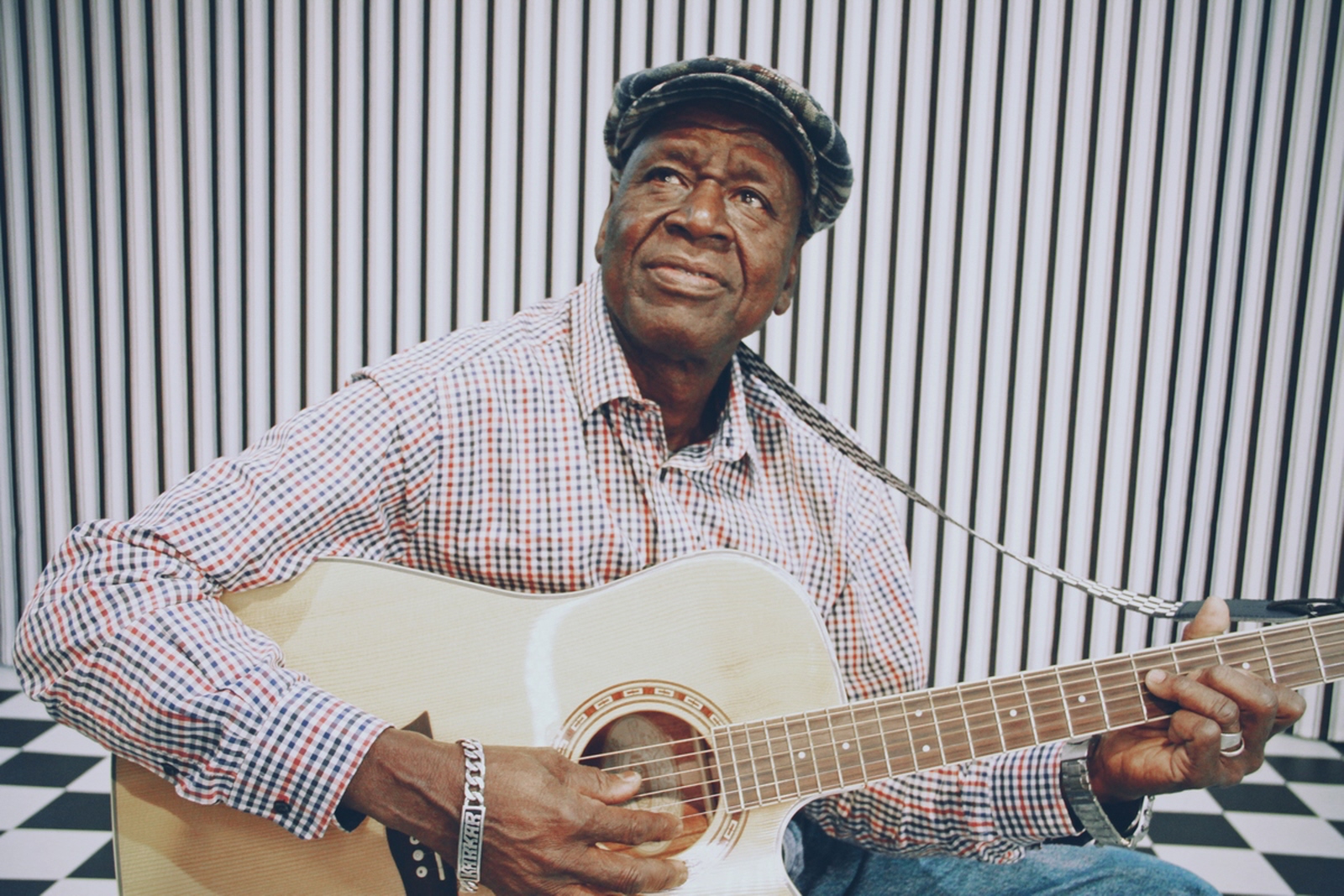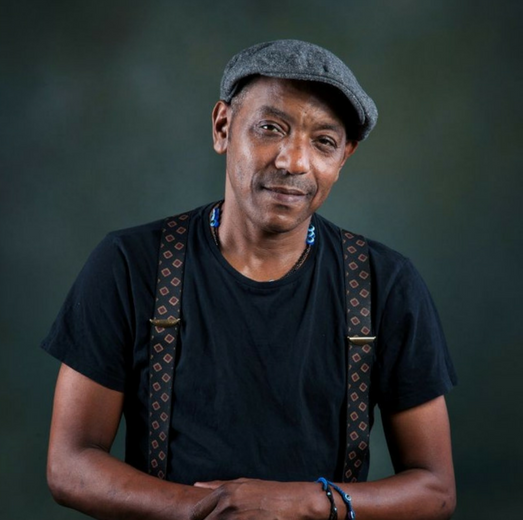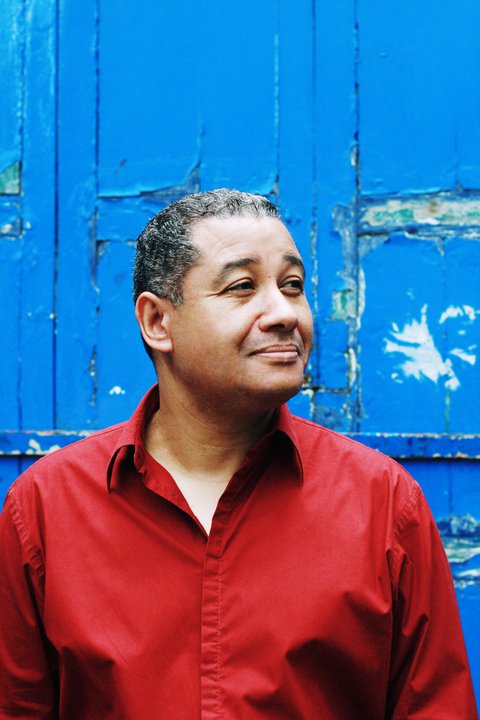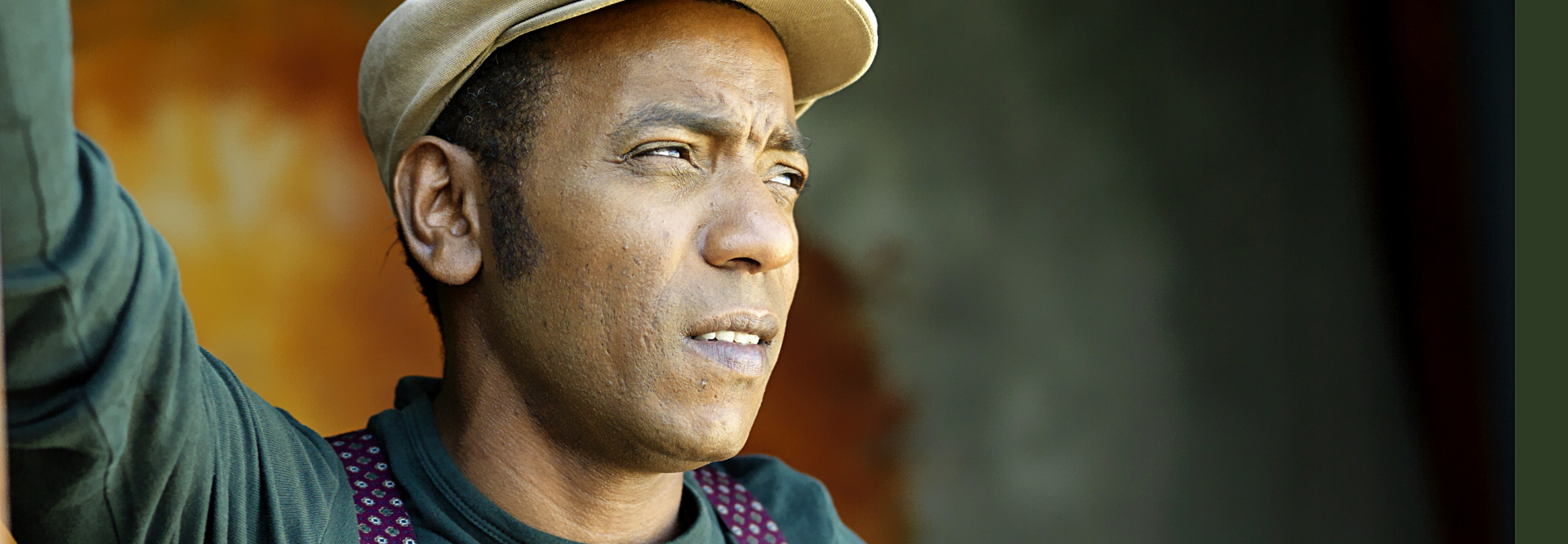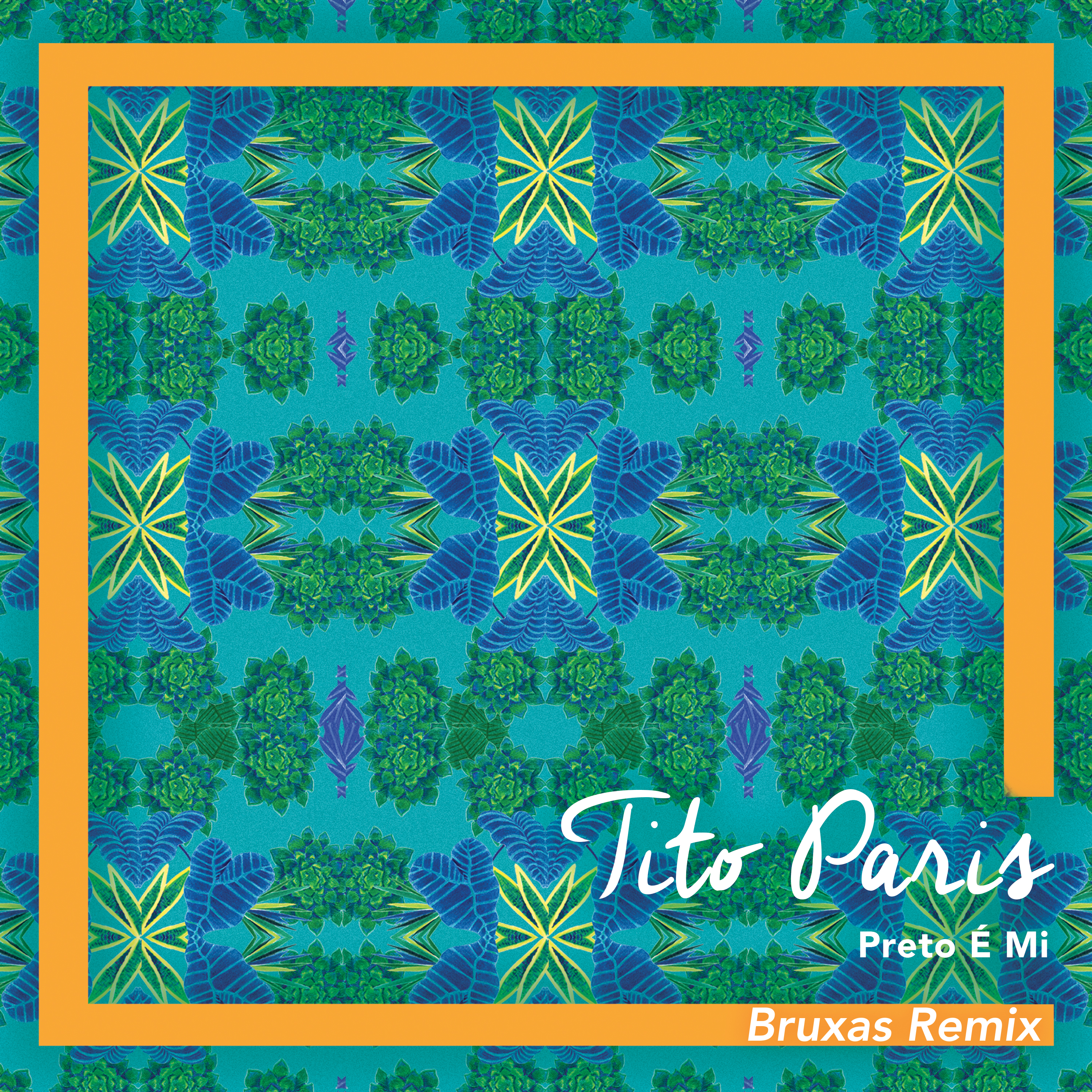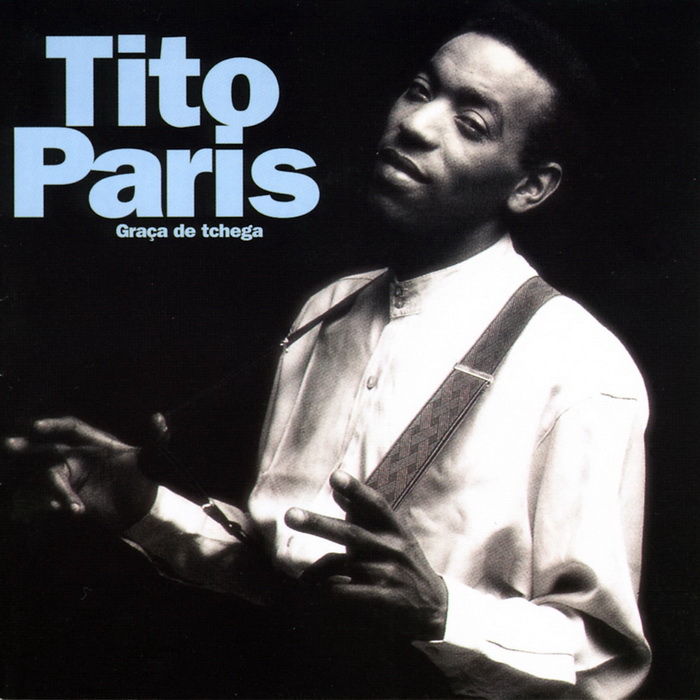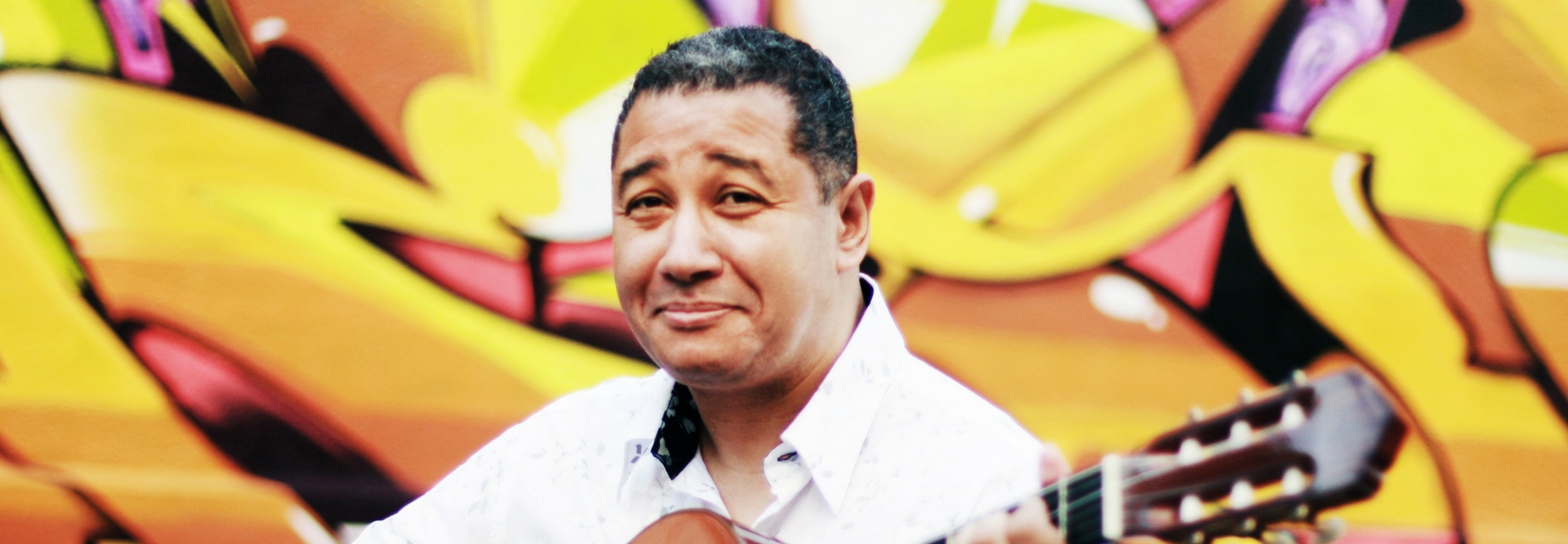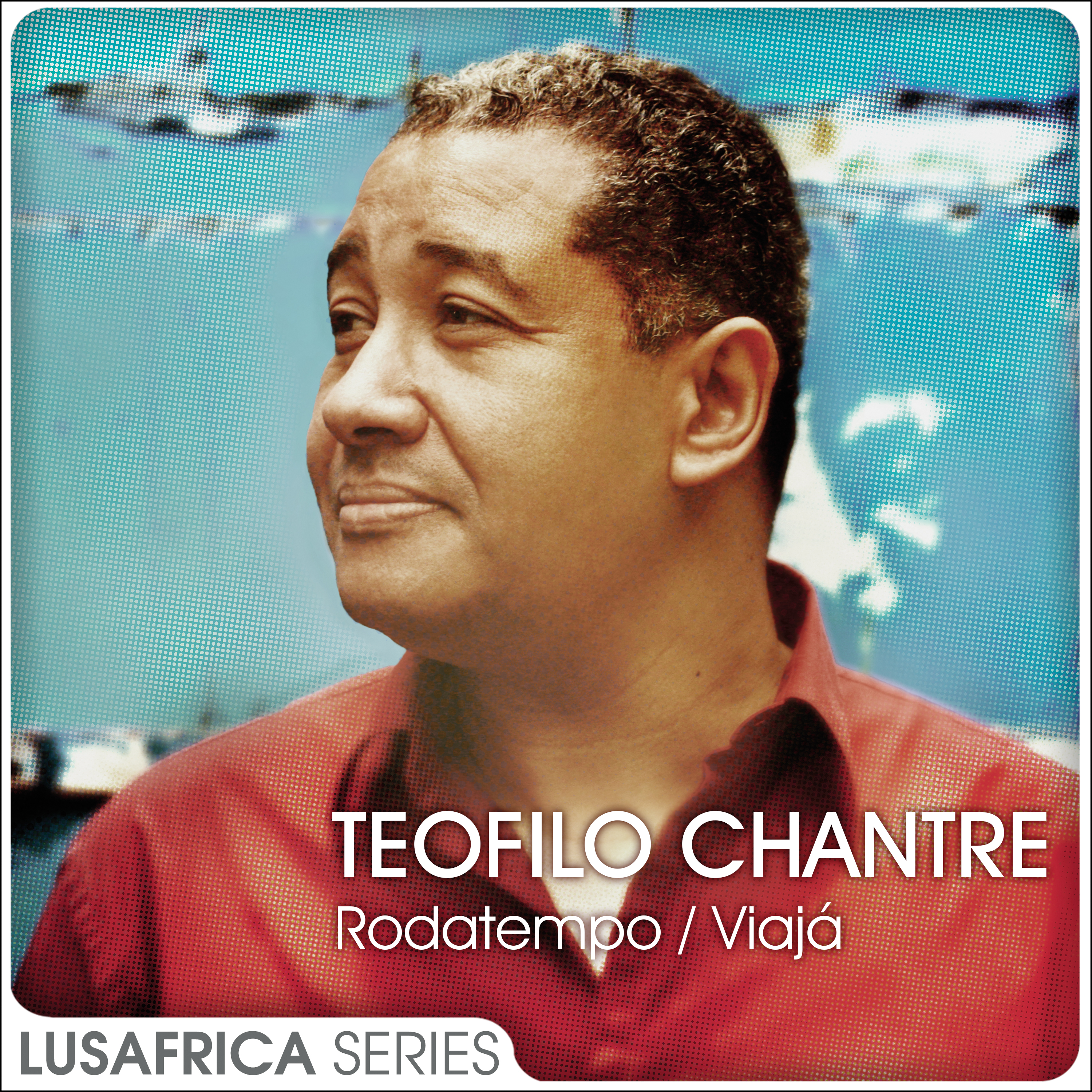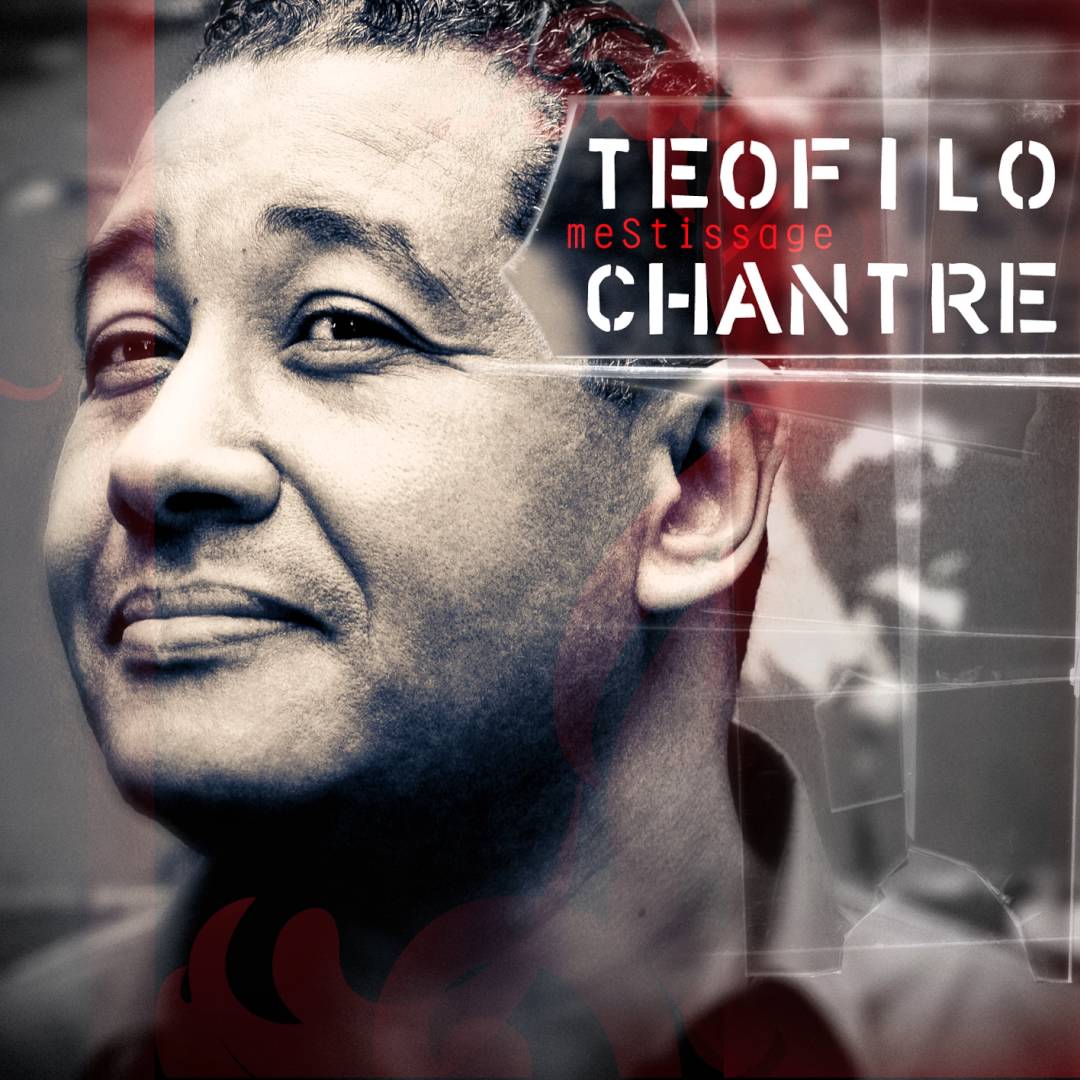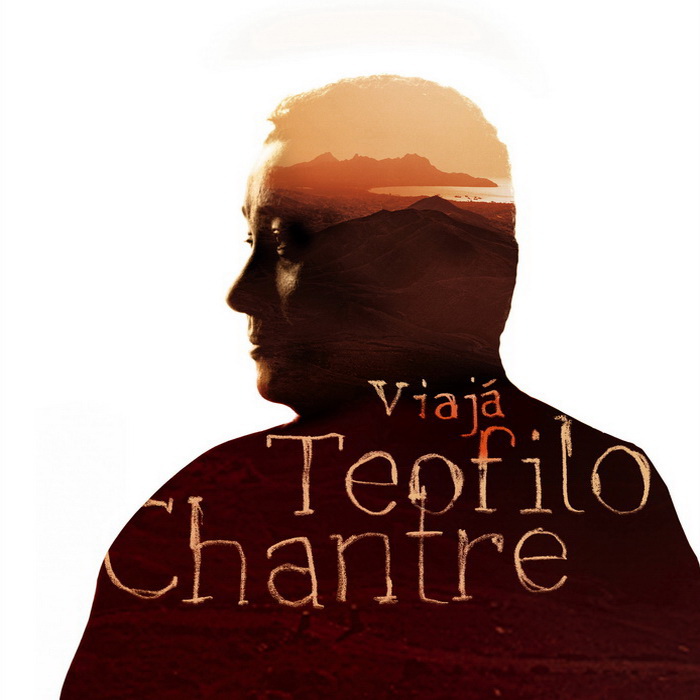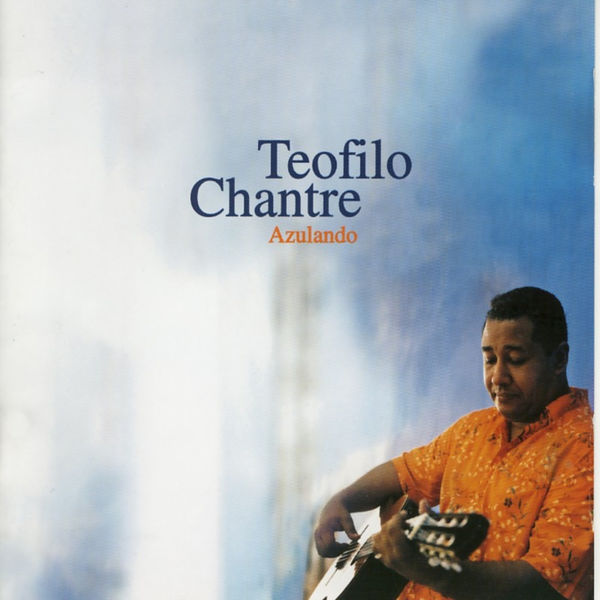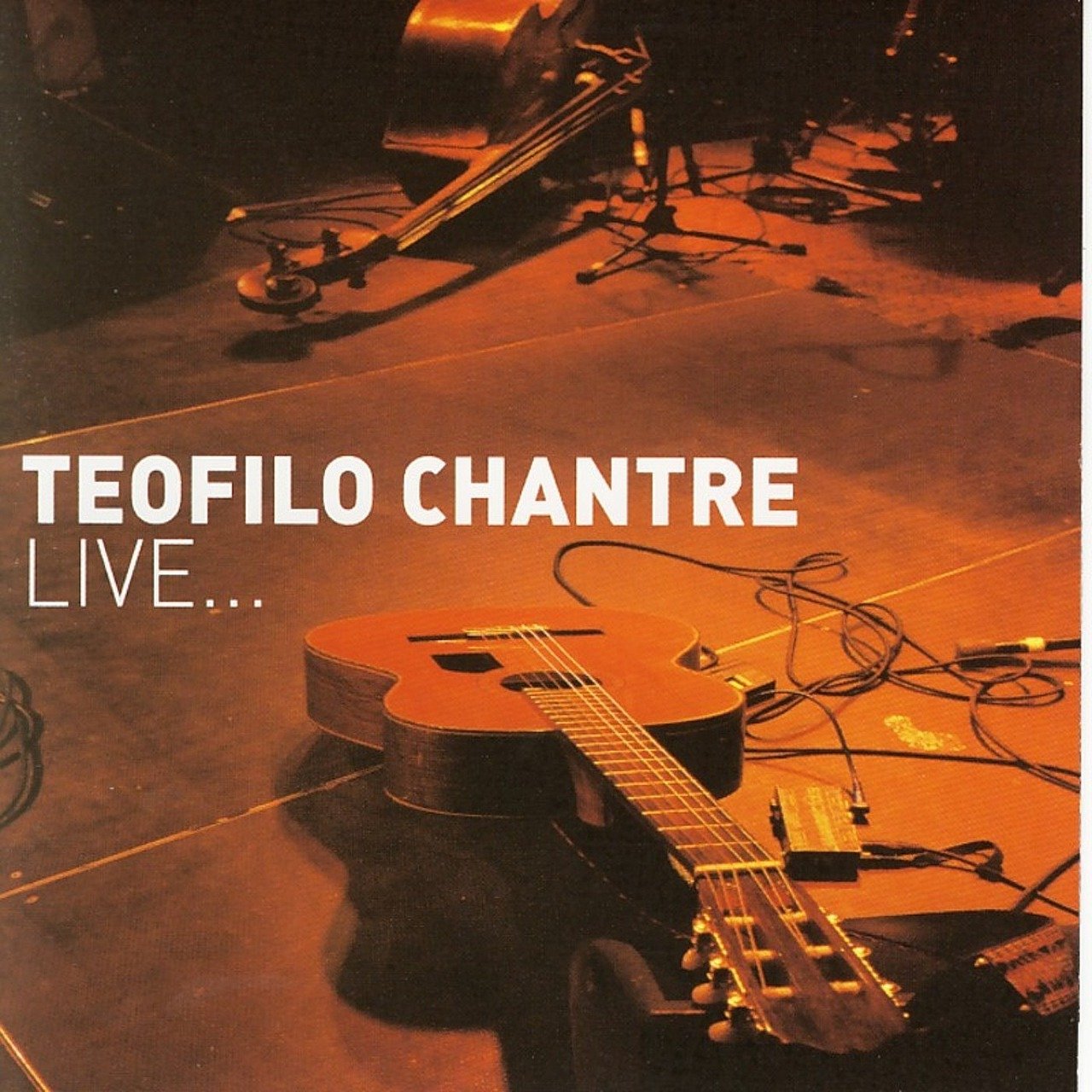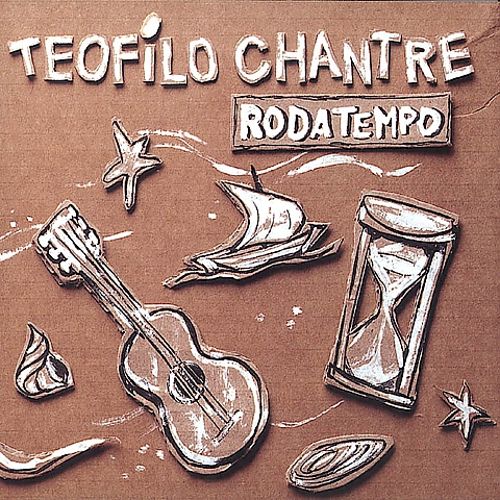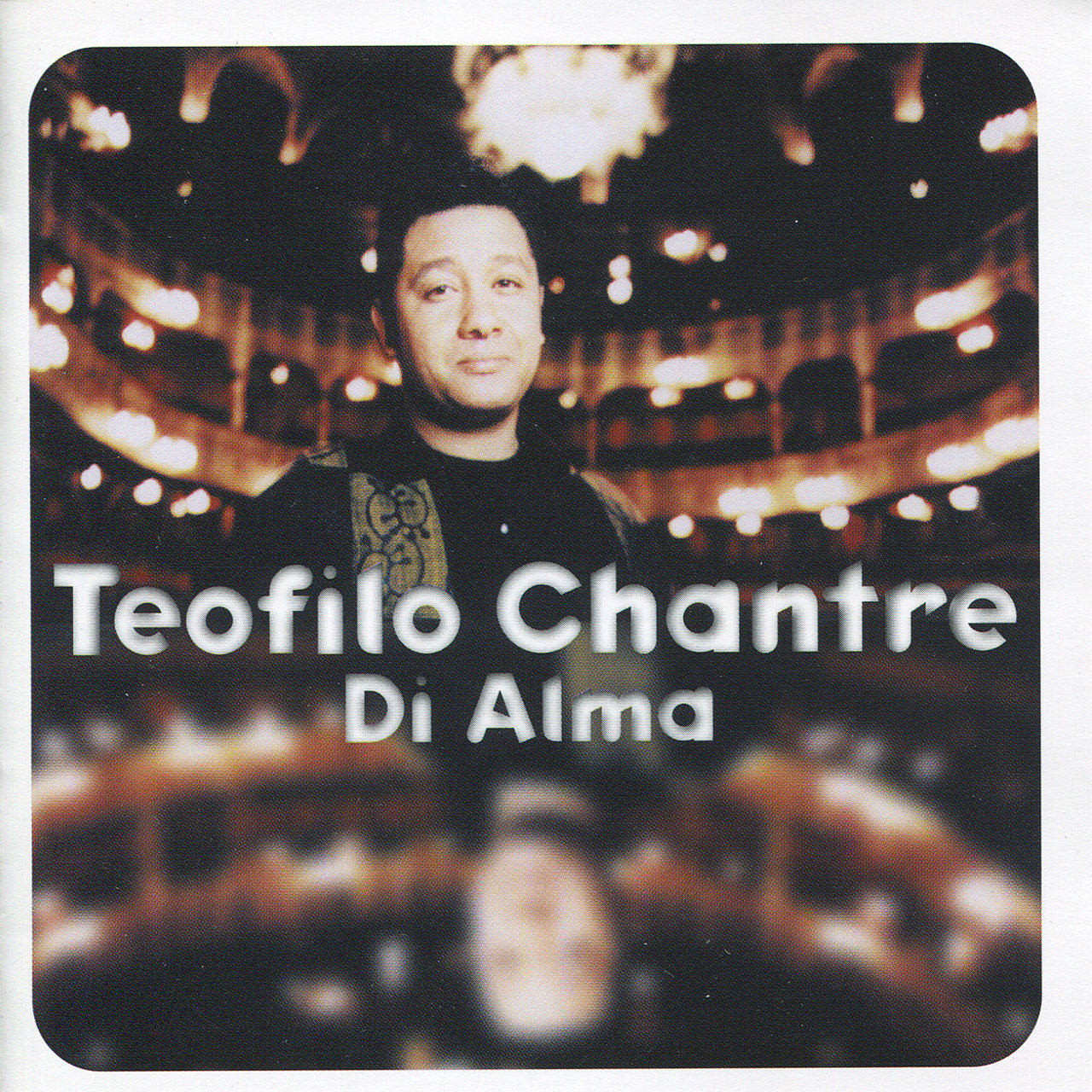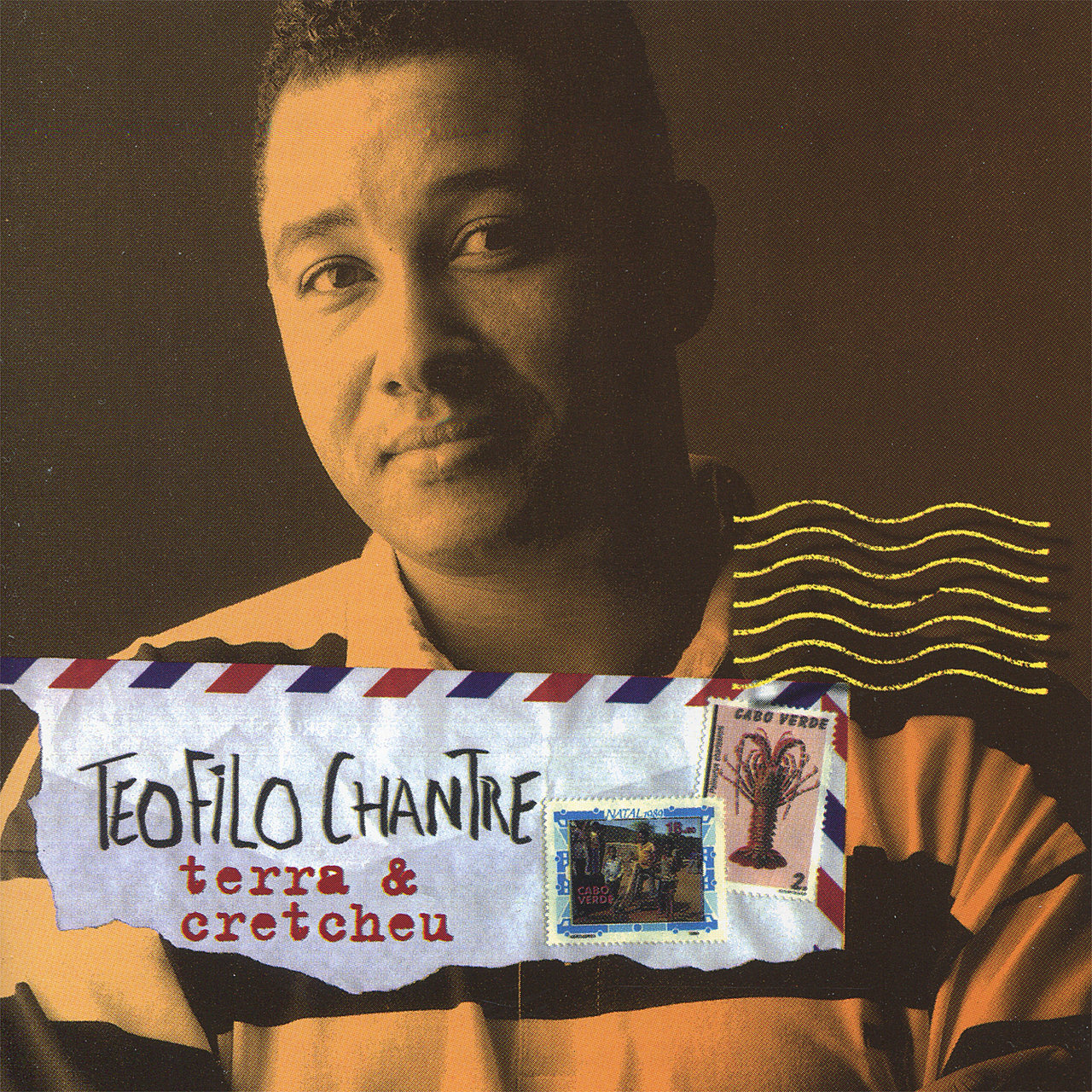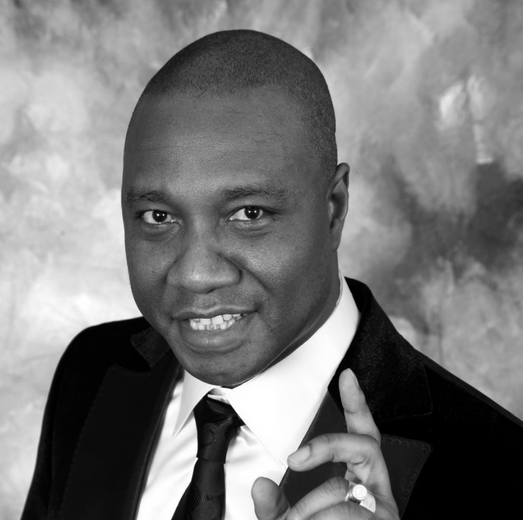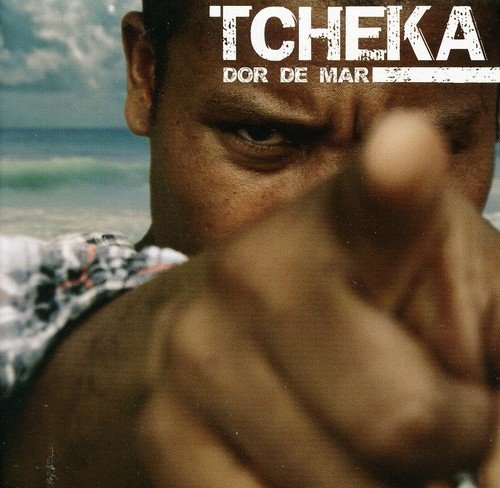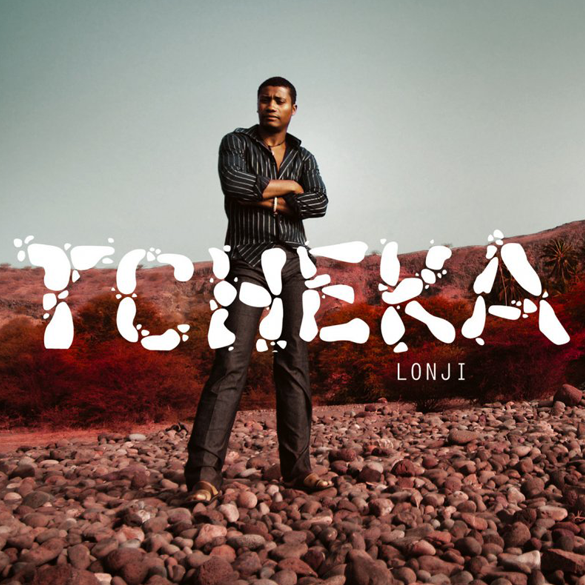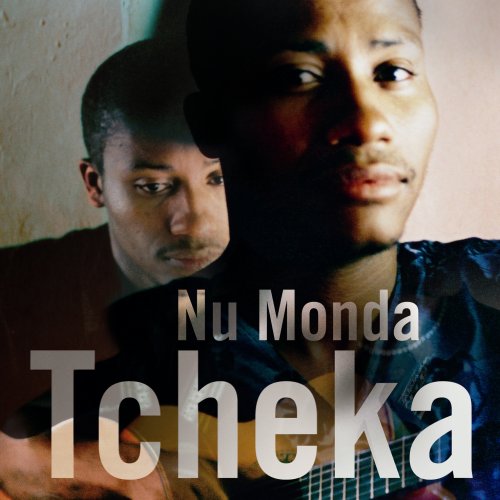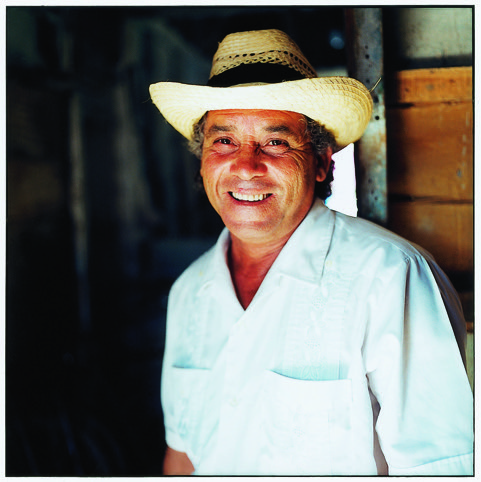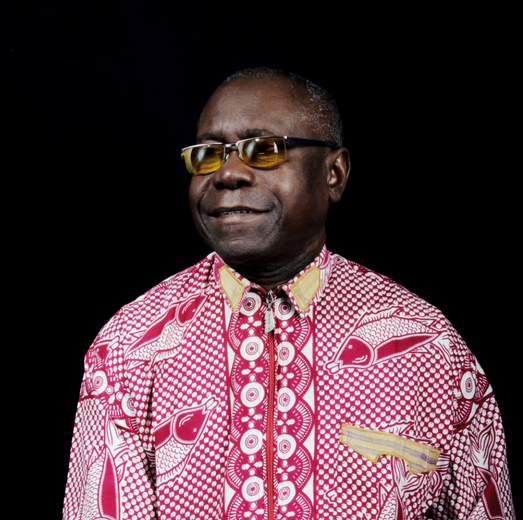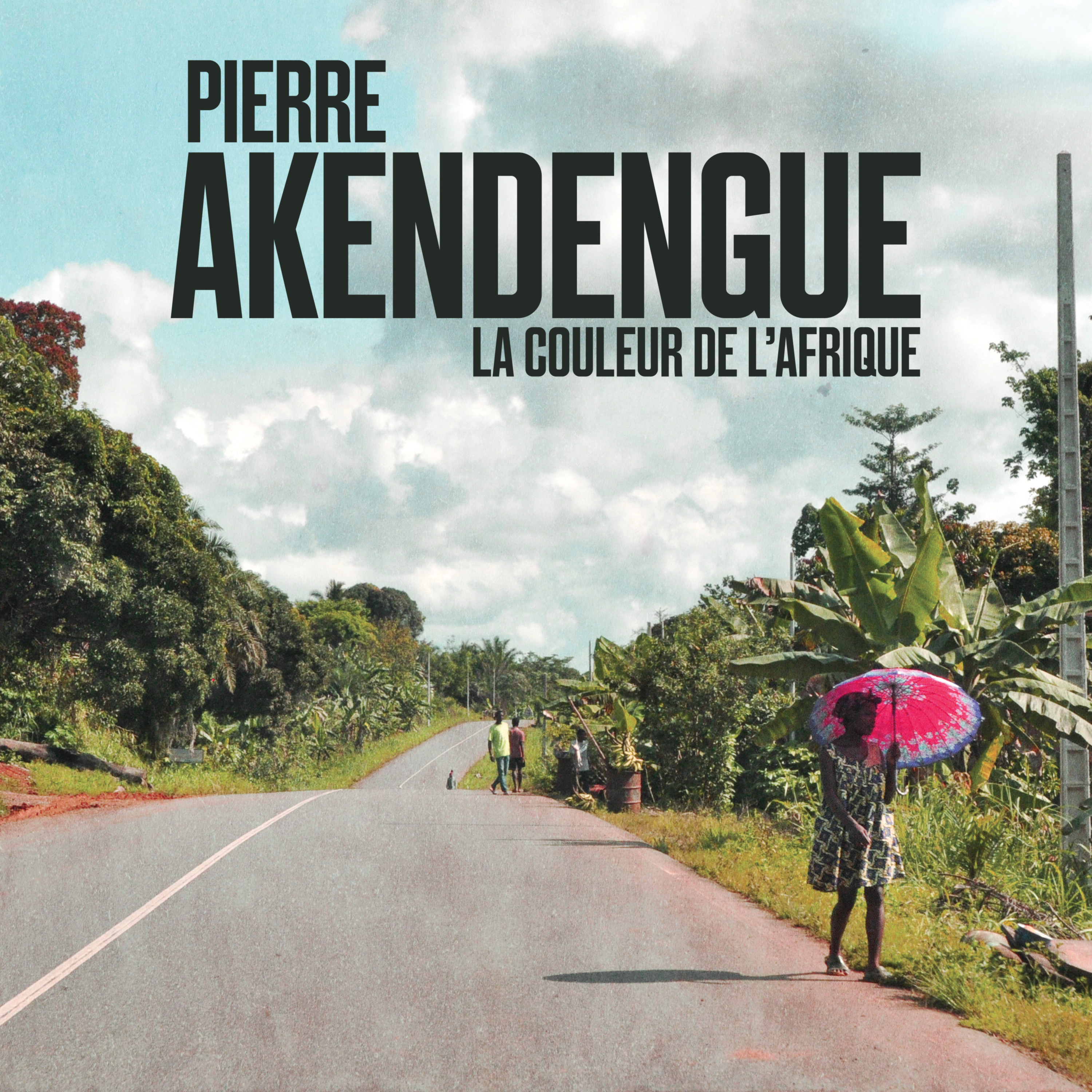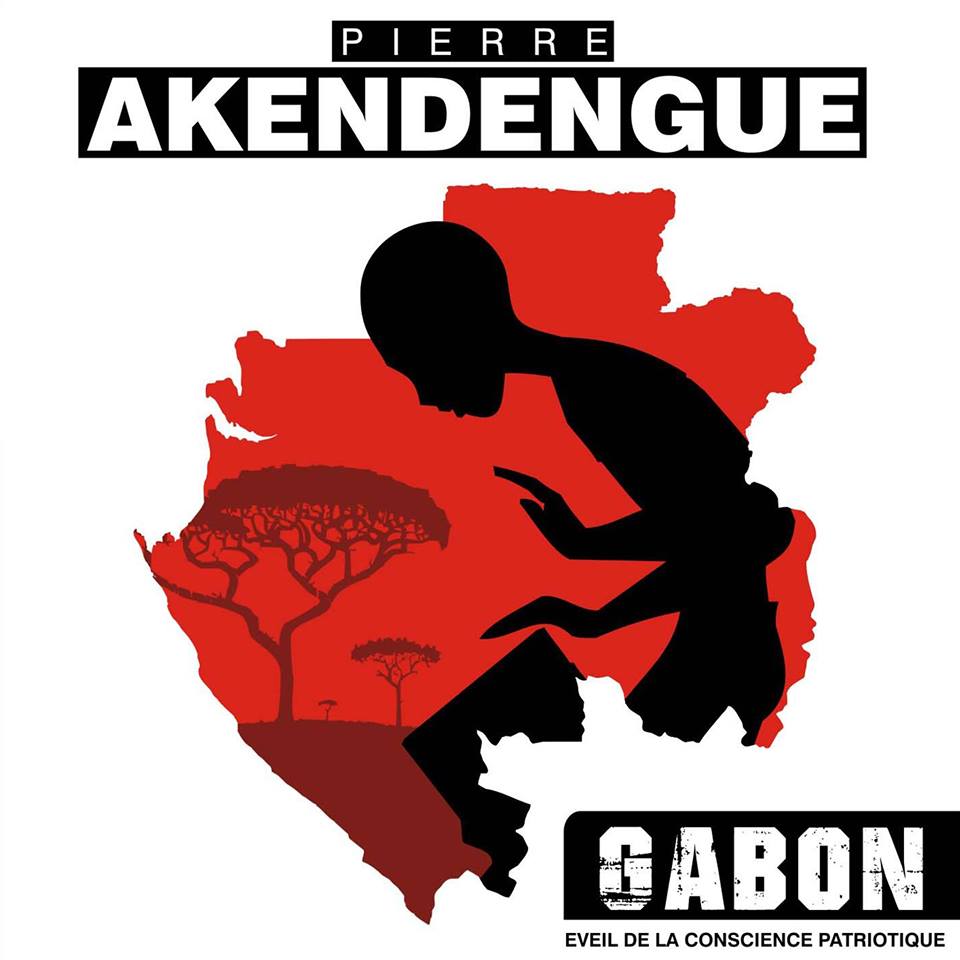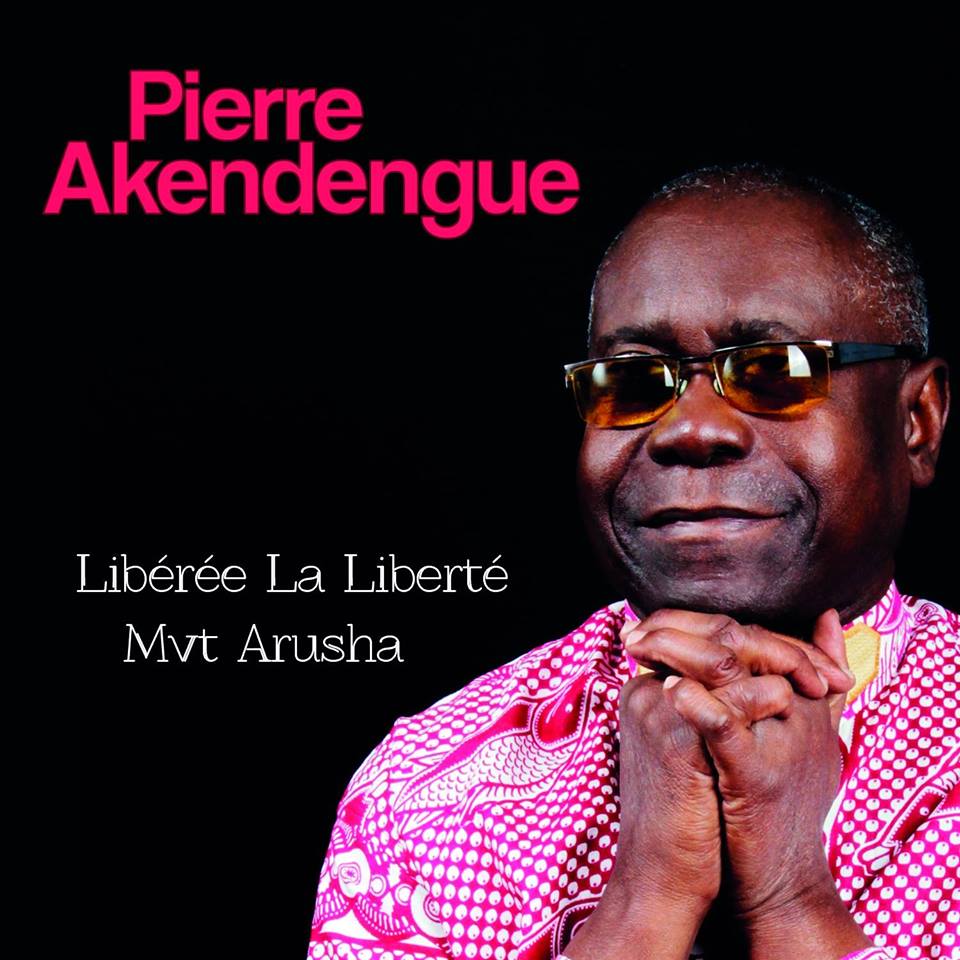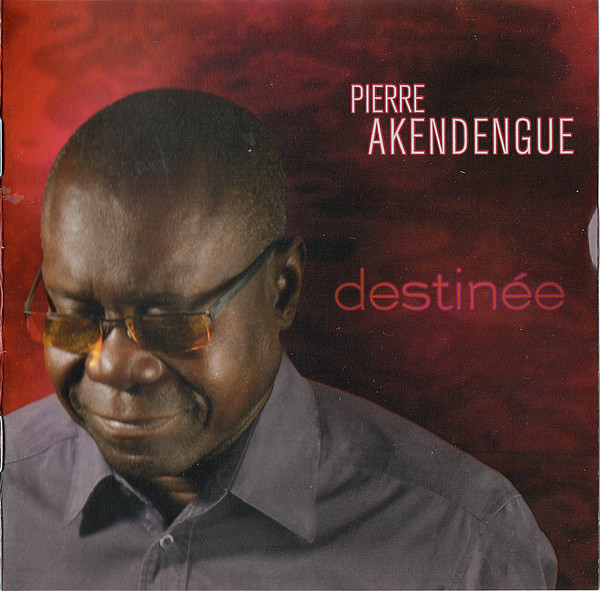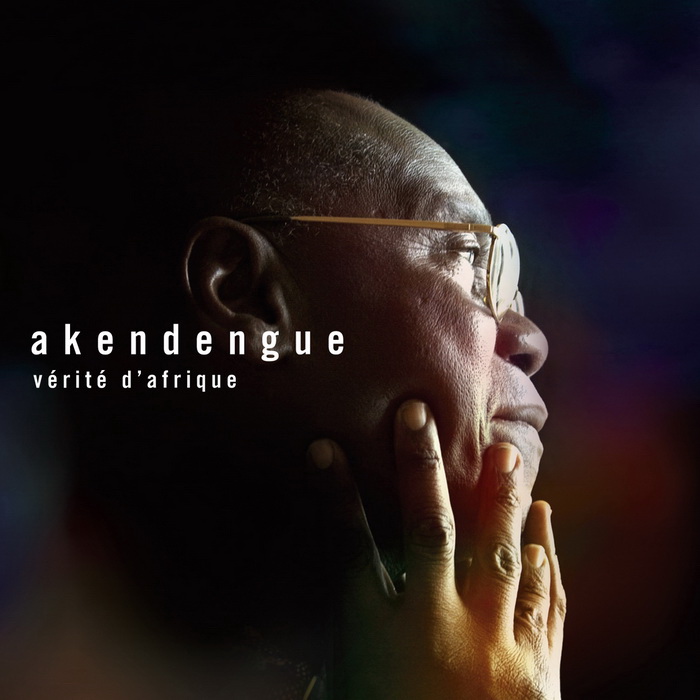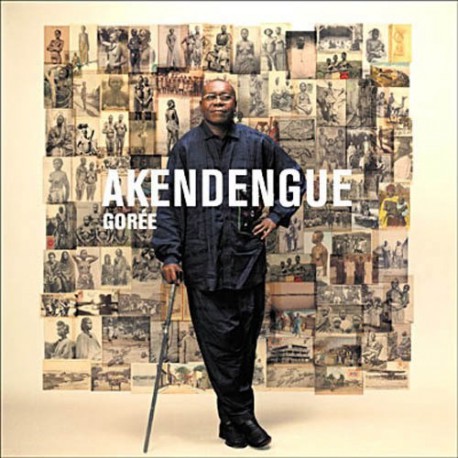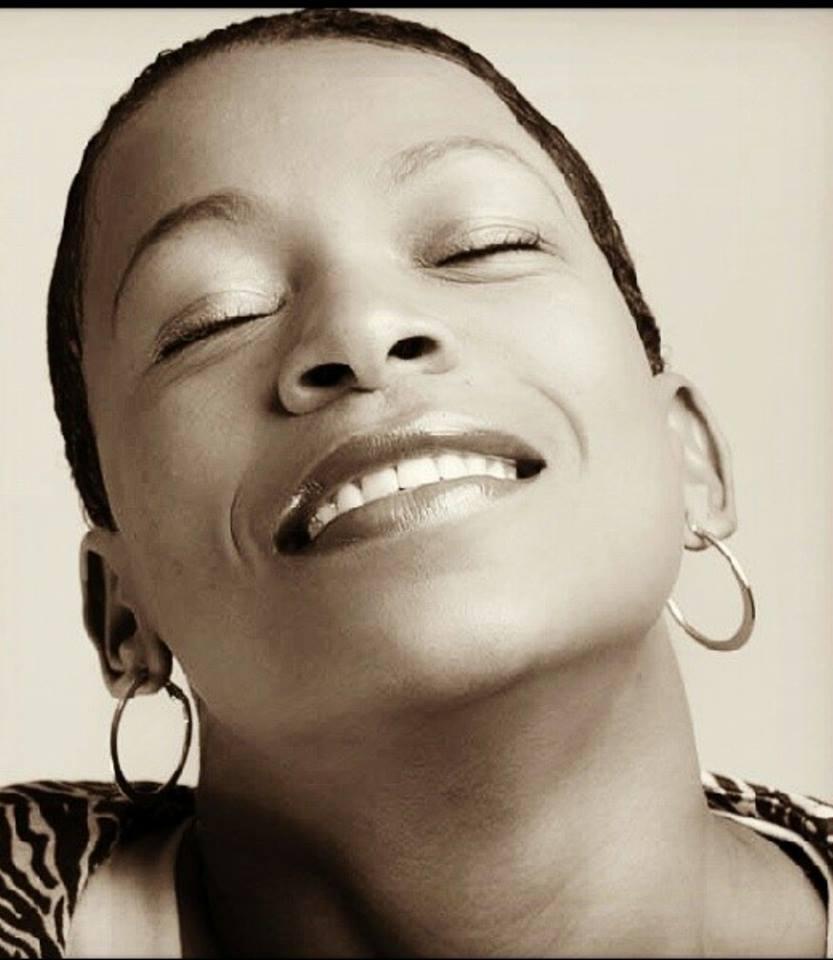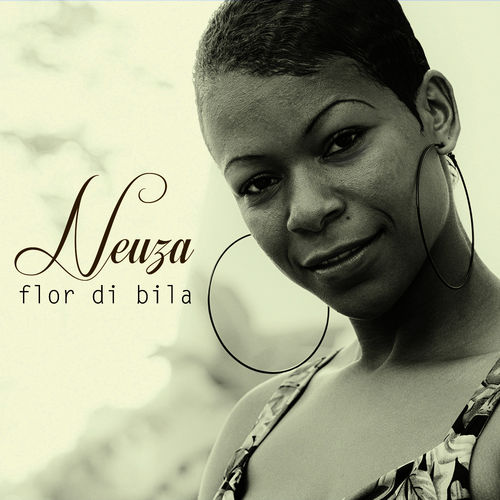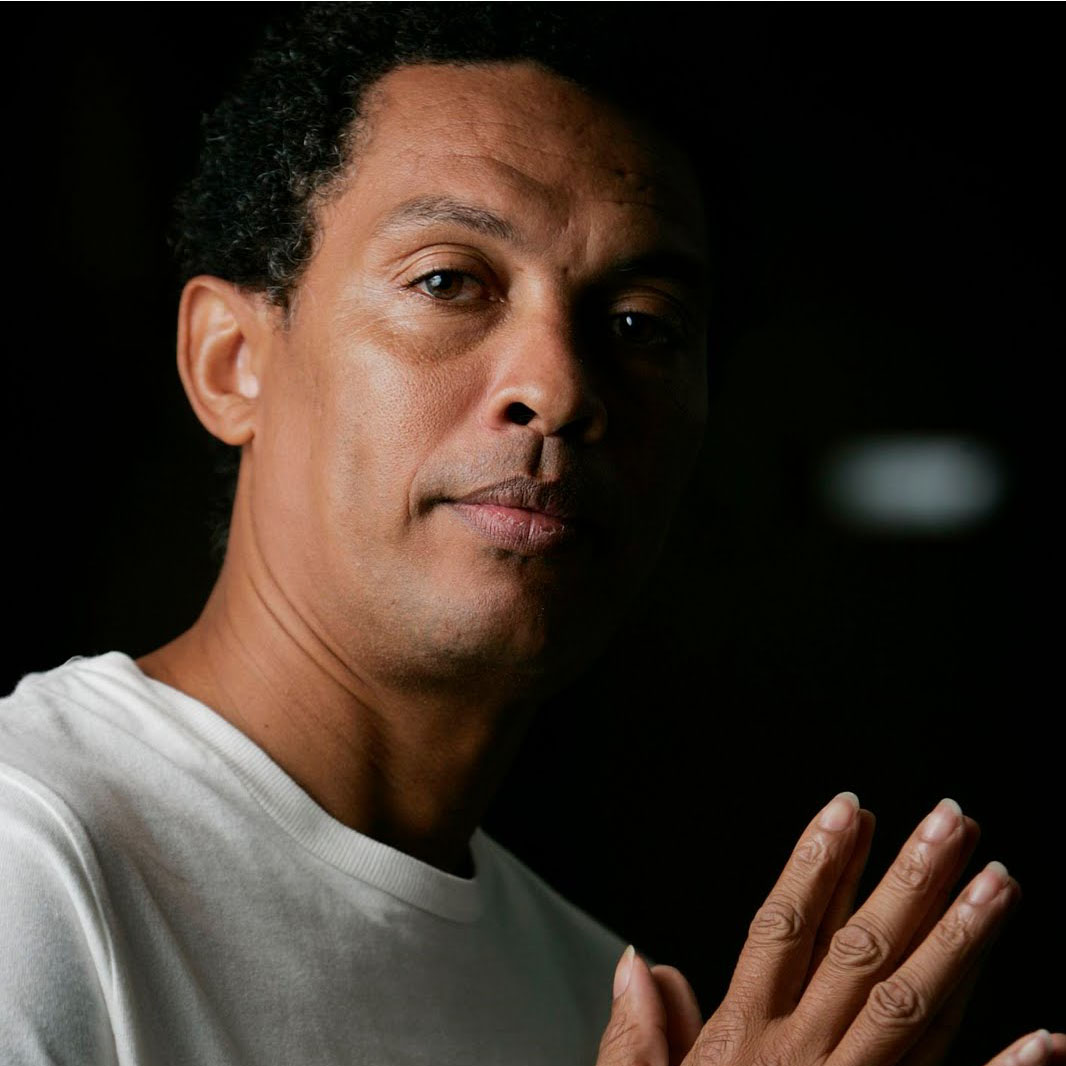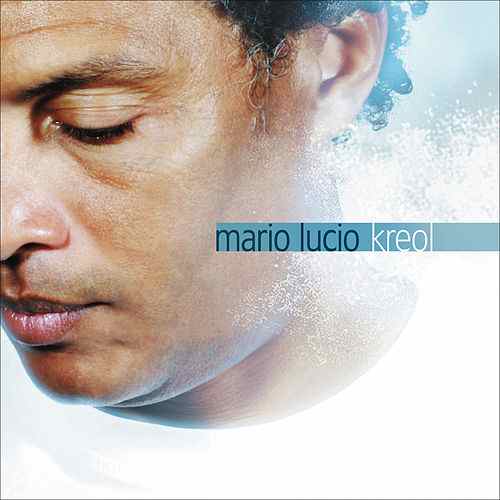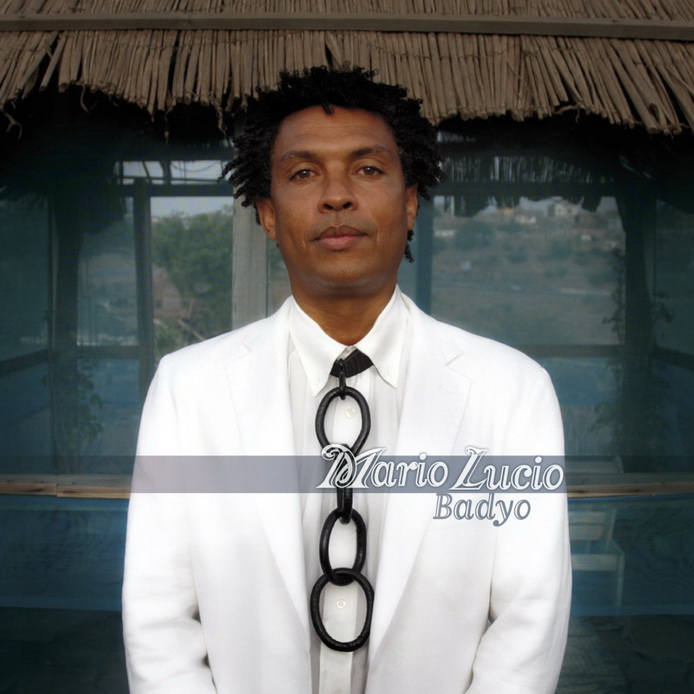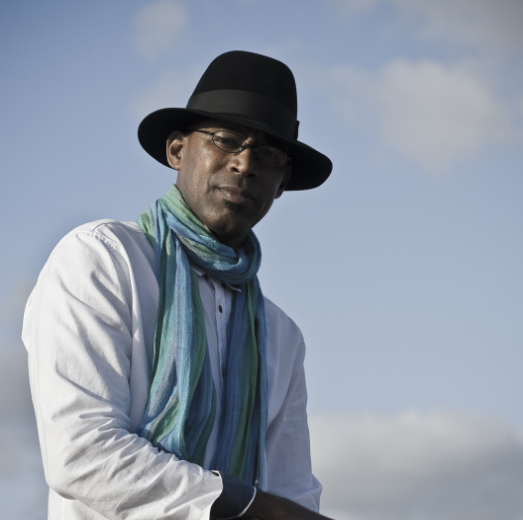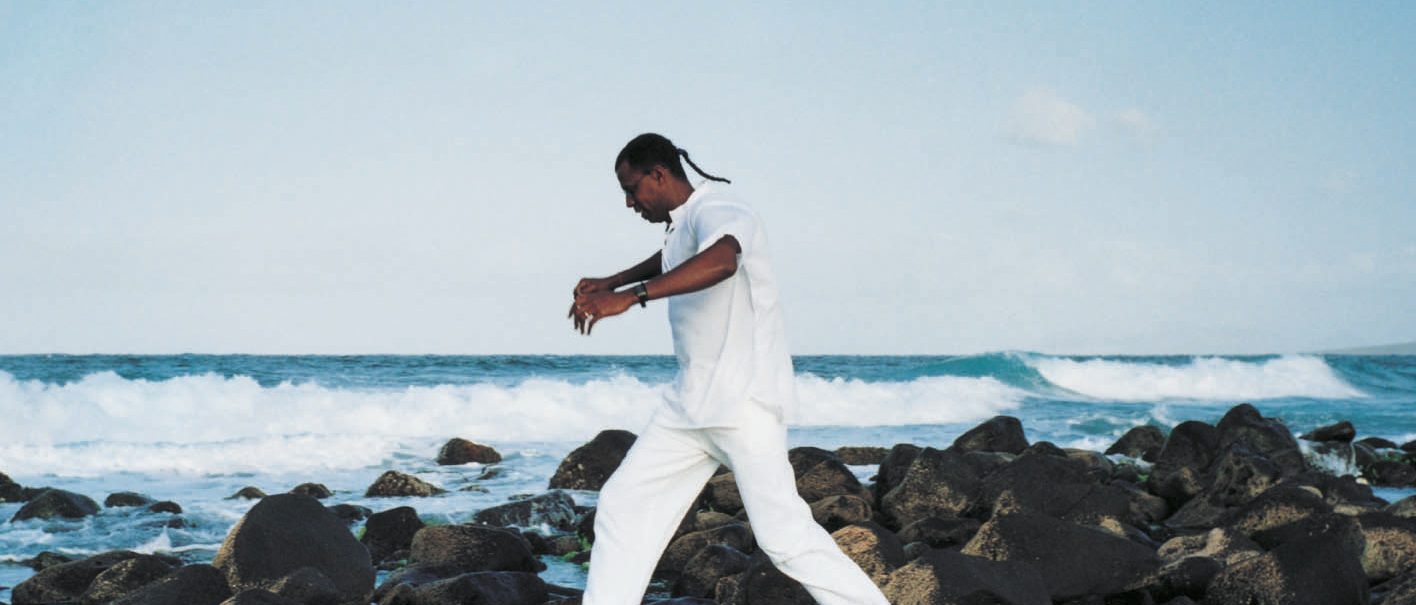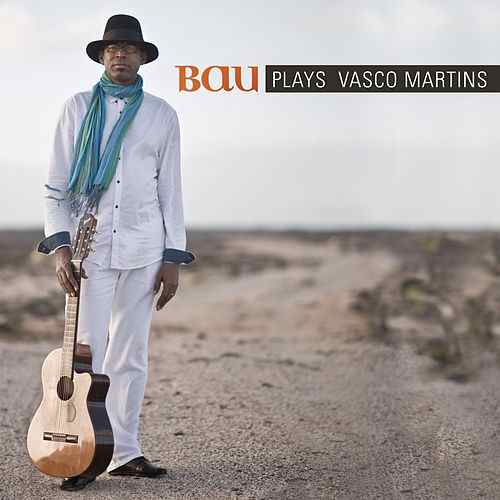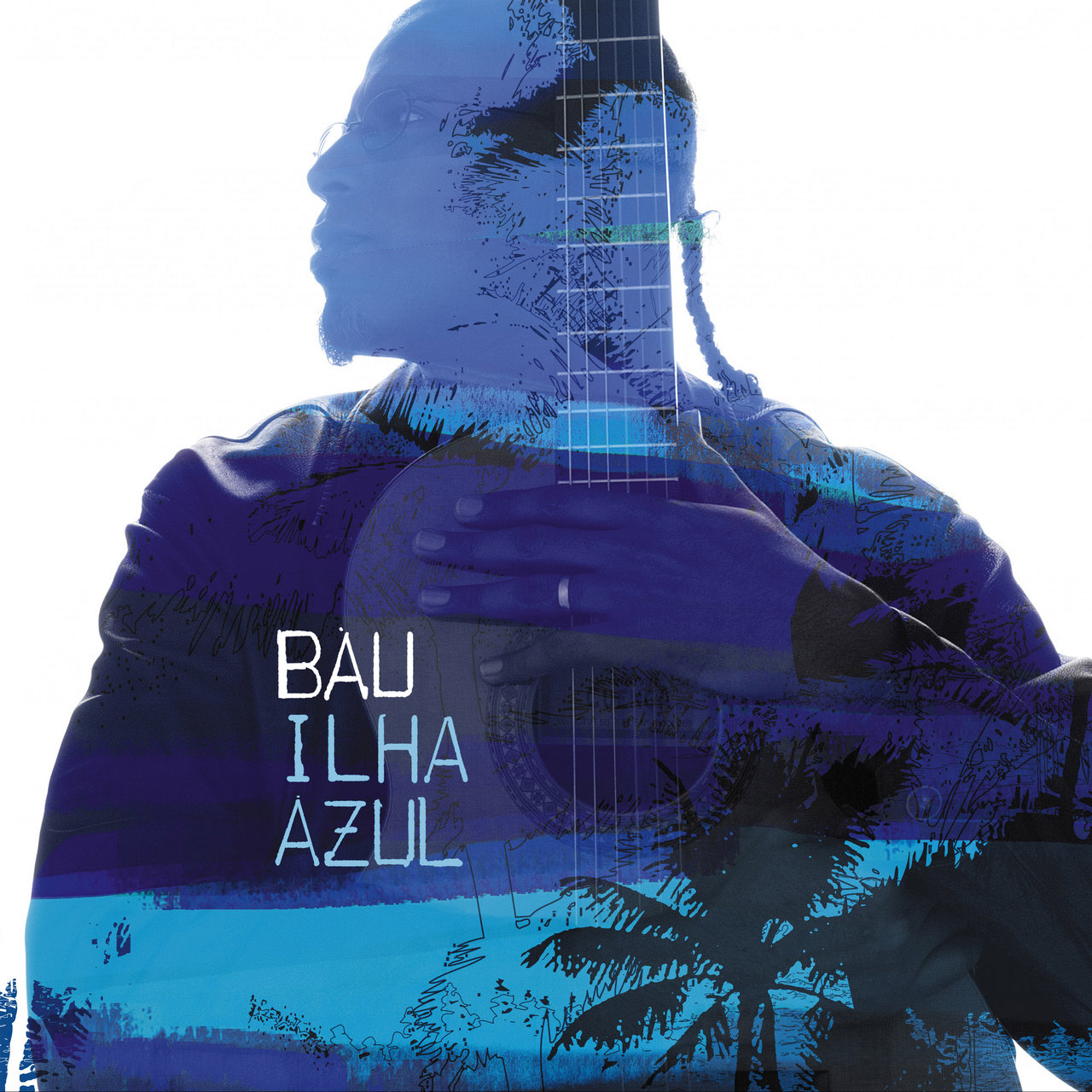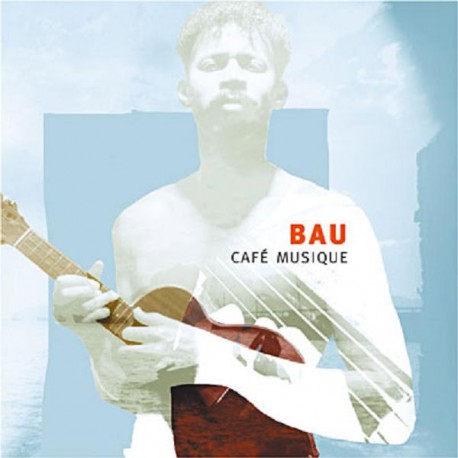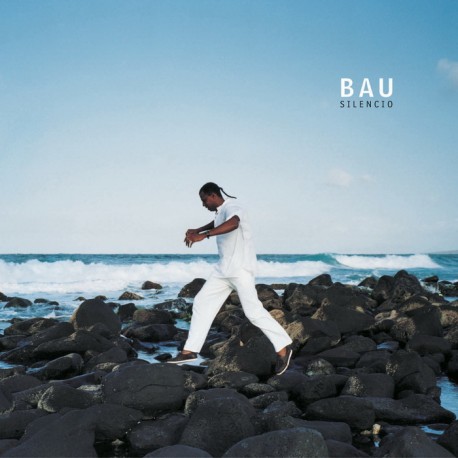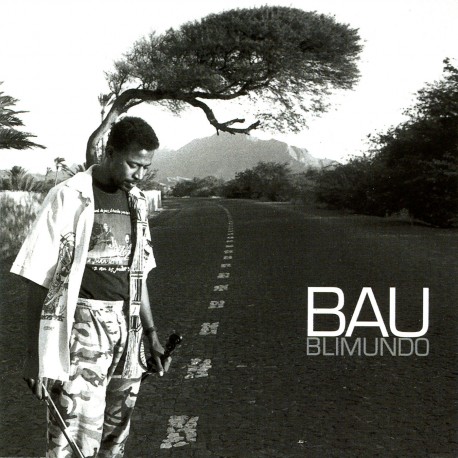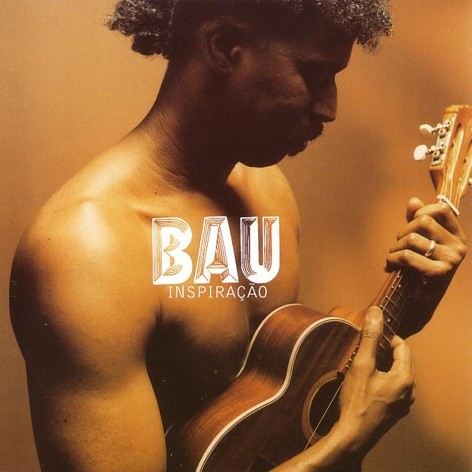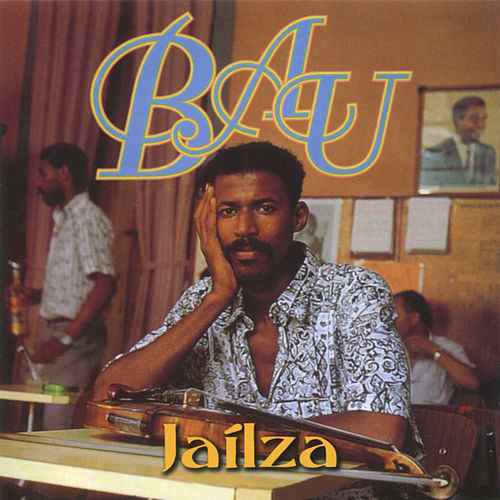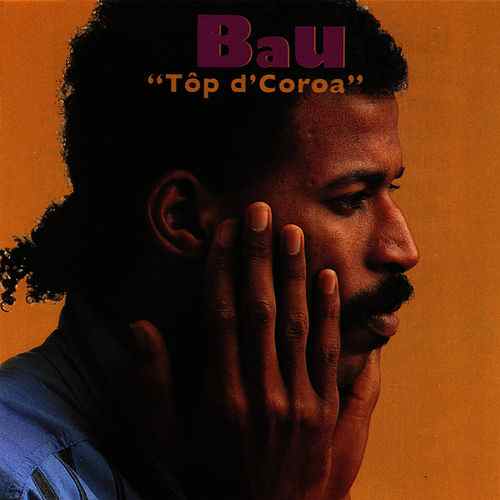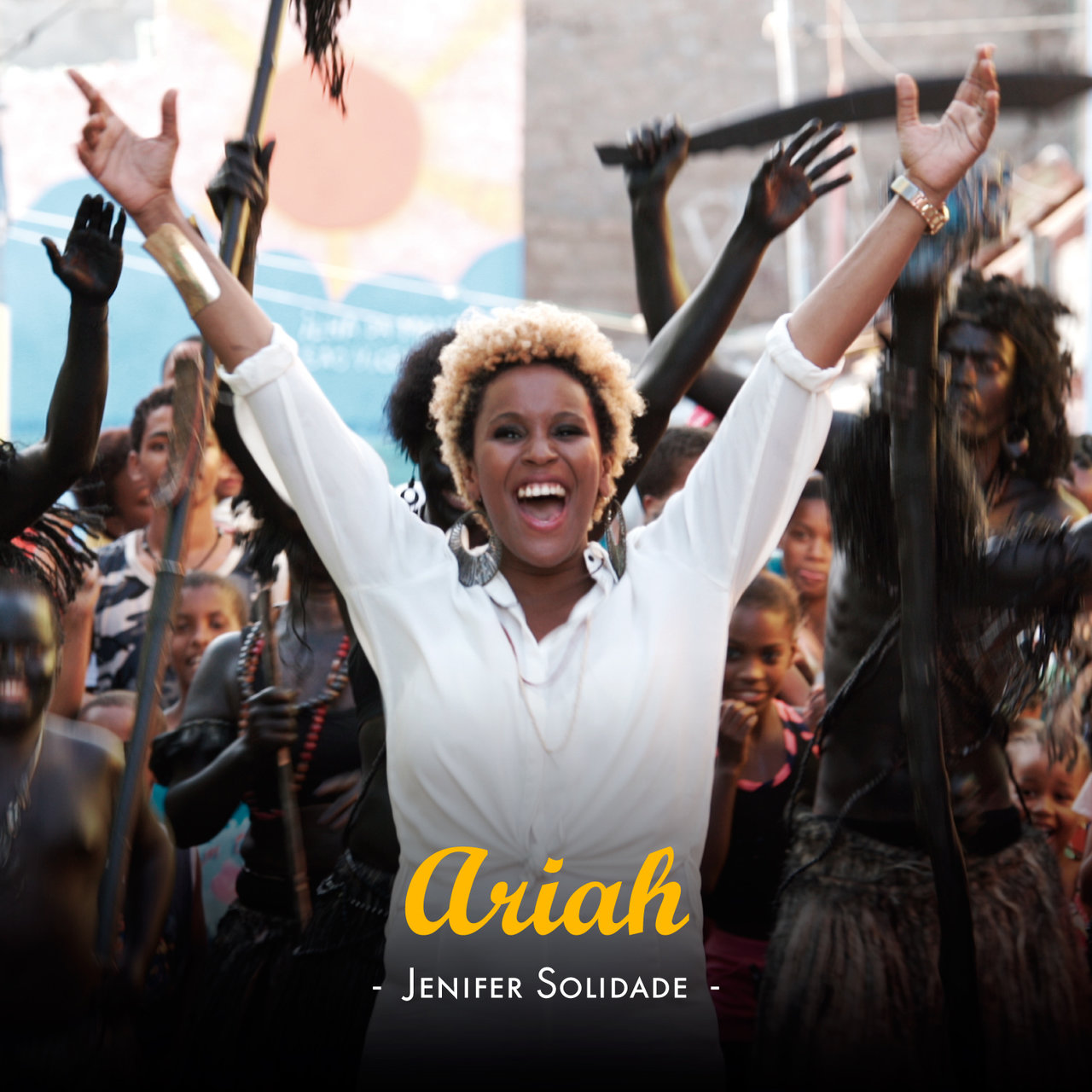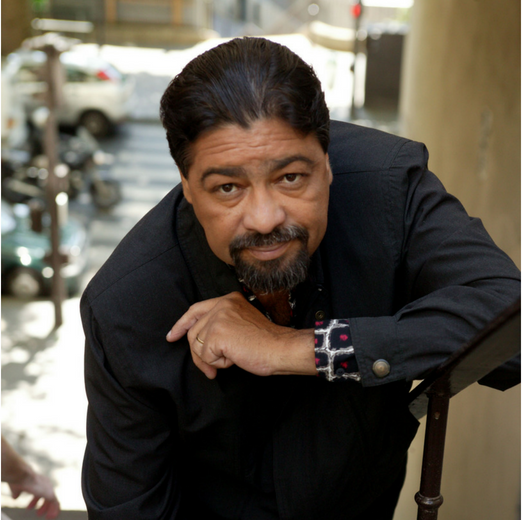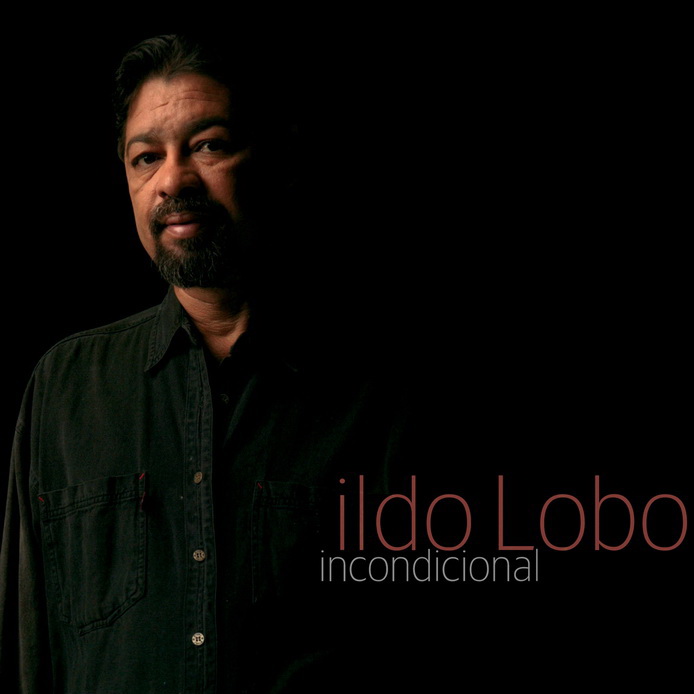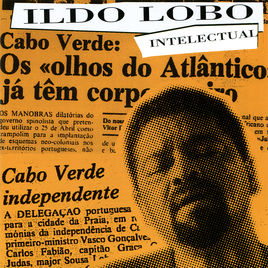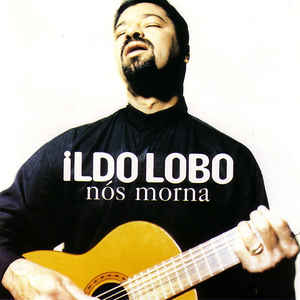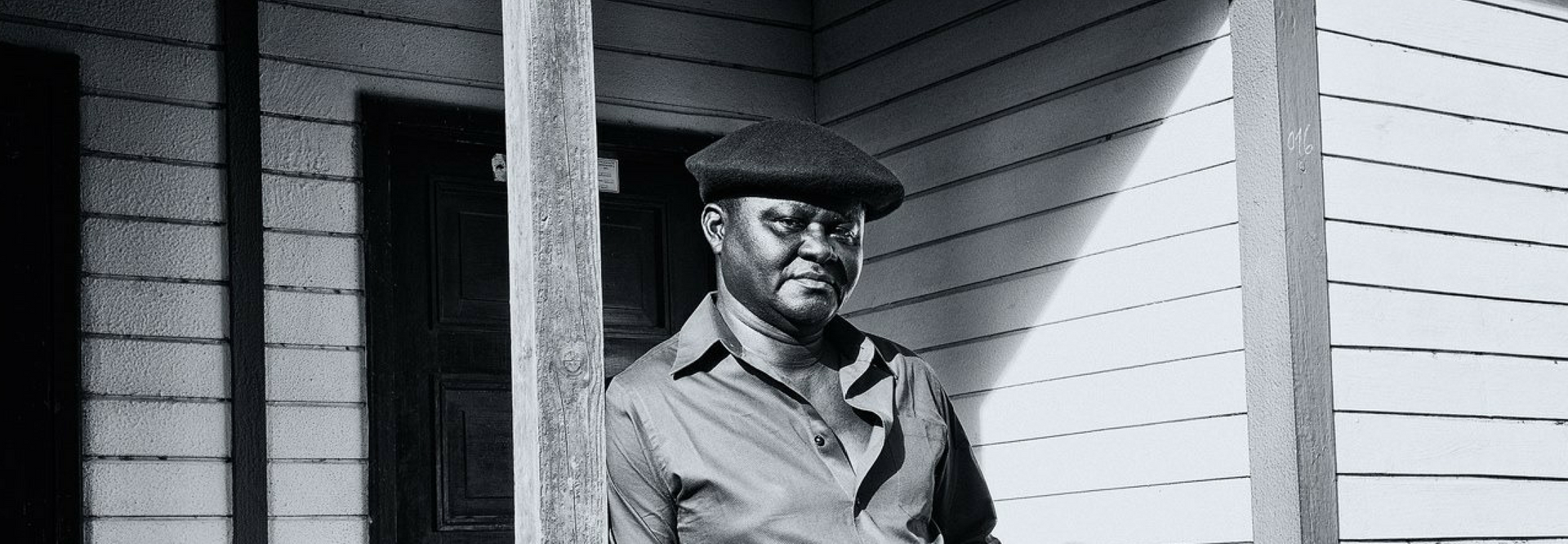
Zé Luis
The power of his voice deserves to be heard
About
Zé Luis is nearly sixty. For years, he has been singing informally for Cape Verdean audiences. Now, for the first time, the rest of the world has a chance to hear his warm, enchanting voice on record.
José Luís was born in Praia in 1953. His mother passed on two great passions to him: music and cooking. He still remembers the fados – and, of course, the mornas – that she loved to sing while working around the house.
José Luís is at home with morna. He fully identifies with the genre as both an artist and a Cape Verdean. For the singer, morna is the most typically Cape Verdean style of romantic expression. Combining sadness, melancholy and sensuality, it is rooted in the soul and identity of his people.
When he was just eight, José’s family emigrated to Principe, one of the two islands that form São Tomé and Principe. The archipelago was then a Portuguese colony, as was Cape Verde. Back in the day, many Cape Verdeans moved there to farm the islands’ fertile volcanic soil. Many hoped to find a better life away from the poverty and famine of Cape Verde, but some were actually forced to move there by the Portuguese authorities. When they were not labouring in the fields, workers and their families gathered on Sundays, holidays and ceremonial occasions to meet and remember those they had left so far behind in their homeland. Their aim was to “kill nostalgia” (matar sodade). Of course music and particularly morna played a vital role at these reunions.
When in 1969 he finally returned to his homeland, the young José naturally found a place in the musical life of the capital, under the nickname of Zé Luis. His singing was recognised and enjoyed by all. Invited to every last serenade, party, musical competition and cultural event, he delighted audiences with his melodic, charming vocal talent and limitless repertoire as he performed the work of the greatest contemporary songwriters, along with forgotten songs which he revived with gusto. Yet he led a simple life, working as a carpenter. Music was always his great passion, a vital part of his life, but it was only for his personal pleasure. He sang as an amateur – rather fancifully, as if it were just a hobby. But today, at an age when most people are thinking of retiring, Zé Luís has decided to share the art he once kept for his small hometown community with the rest of the world. The power of his voice deserves to be heard by more than such a small audience.


